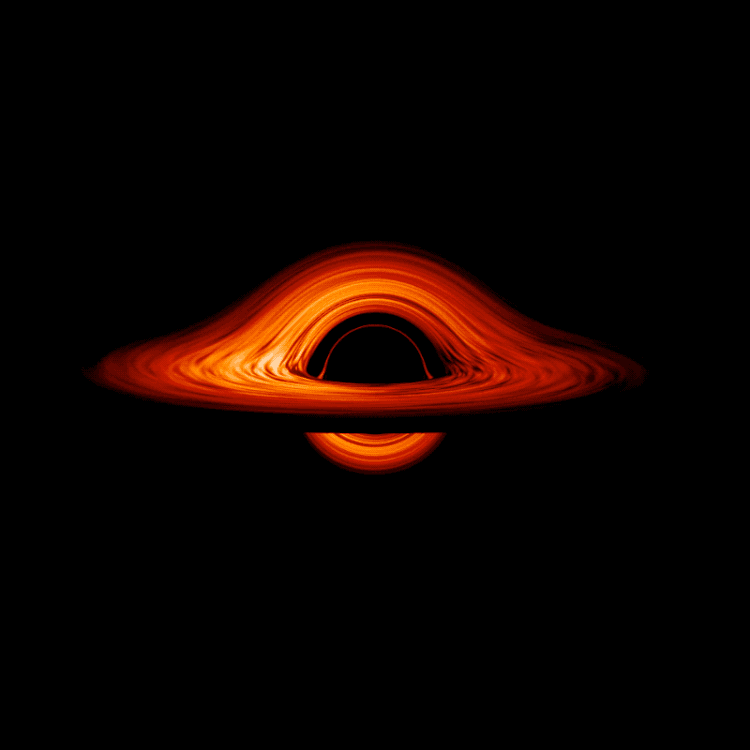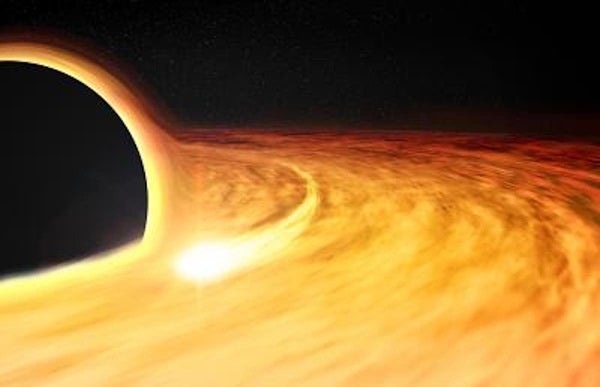Astronomers used X-rays to calculate a black hole spinning at nearly half the speed of light.

Astronomers have discovered a new way to study black holes, the mysterious cosmic entities that destroy anything in their path. By observing X-ray bursts from a star being torn apart by a black hole, researchers calculated the black hole’s spin rate for the first time using X-rays. The black hole was found spinning at nearly 50 percent of the speed of light. This research, published in Science, opens new possibilities for understanding black holes’ behavior and evolution.
Stellar Destruction and X-ray Emissions
The discovery dates back to November 2014, when astronomers observed a supermassive black hole in a galaxy 300 million light years away. This black hole ripped apart a star that had ventured too close, an event known as a tidal disruption flare. The flare generated intense bursts of X-rays that were visible from Earth. Since black holes themselves don’t produce many X-rays, researchers saw an opportunity to study this flare closely.
Led by scientists from MIT, the team analyzed data from various space telescopes and found something unusual. They noticed that X-ray emissions were appearing every 131 seconds near the black hole’s event horizon, the boundary where objects start to be pulled in. These periodic X-ray bursts, which lasted over 450 days, increased the total X-ray emissions by 40 percent. This consistent pattern provided crucial clues about the black hole’s spin.

A Two-Star System at Play
The team believes that two stars, not just one, were involved in this event. In 2014, the black hole destroyed a passing star, and the remnants were pulled into its gravitational field. Some of the stellar debris was devoured by the black hole, while other fragments settled into the innermost stable circular orbit (ISCO) around the black hole, where they continued to emit X-rays.
Interestingly, the researchers think that a second star, likely a white dwarf, was already orbiting the black hole in the same region. The gravitational pull of this dense white dwarf may have attracted the X-ray-emitting debris, forming a ring of radiation that brightened each time the star orbited the black hole. This orbit occurred every 131 seconds, creating the periodic X-ray flares that researchers detected.
By combining the orbital speed of the star with the estimated mass of the black hole—about one million times the mass of the Sun—the team calculated the black hole’s rotation speed. They determined that it was spinning at roughly half the speed of light.
Unlocking Black Hole Secrets
Although the black hole’s speed is slower than other known black holes, which can spin at 99 percent of the speed of light, this marks the first time researchers have used tidal disruption flares to measure a black hole’s spin. Lead author Dheeraj Pasham of MIT explained, “This is the first time we’re able to use tidal disruption flares to constrain the spins of supermassive black holes.”
Because tidal disruption flares only emit X-rays for a limited time, witnessing one is extremely rare. Still, the researchers plan to study more flare events in both younger and older black holes to understand whether black holes speed up as they age. This information could provide new insights into how black holes evolve and how they interact with the stars in their galaxies.





[…] Read more […]